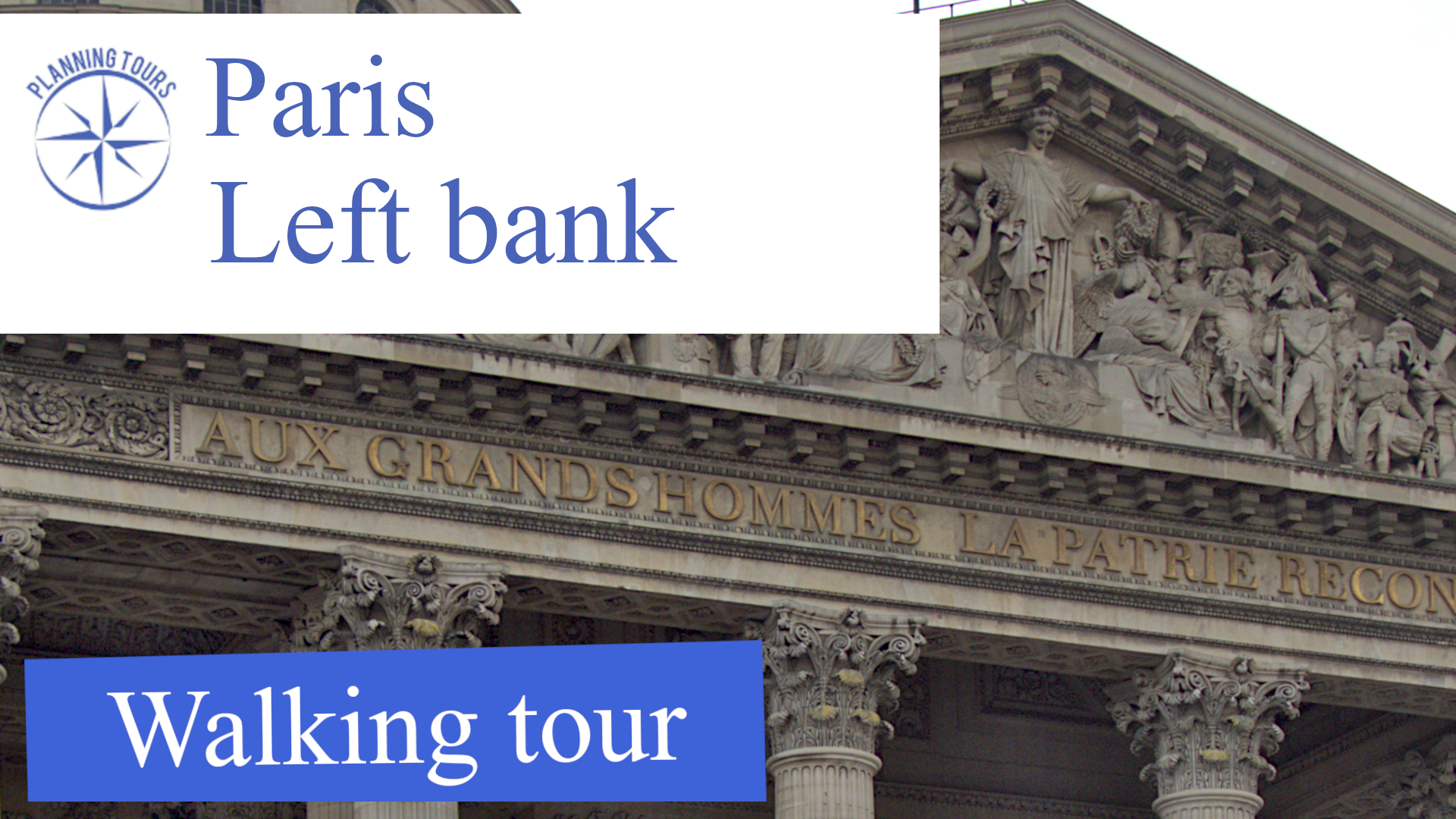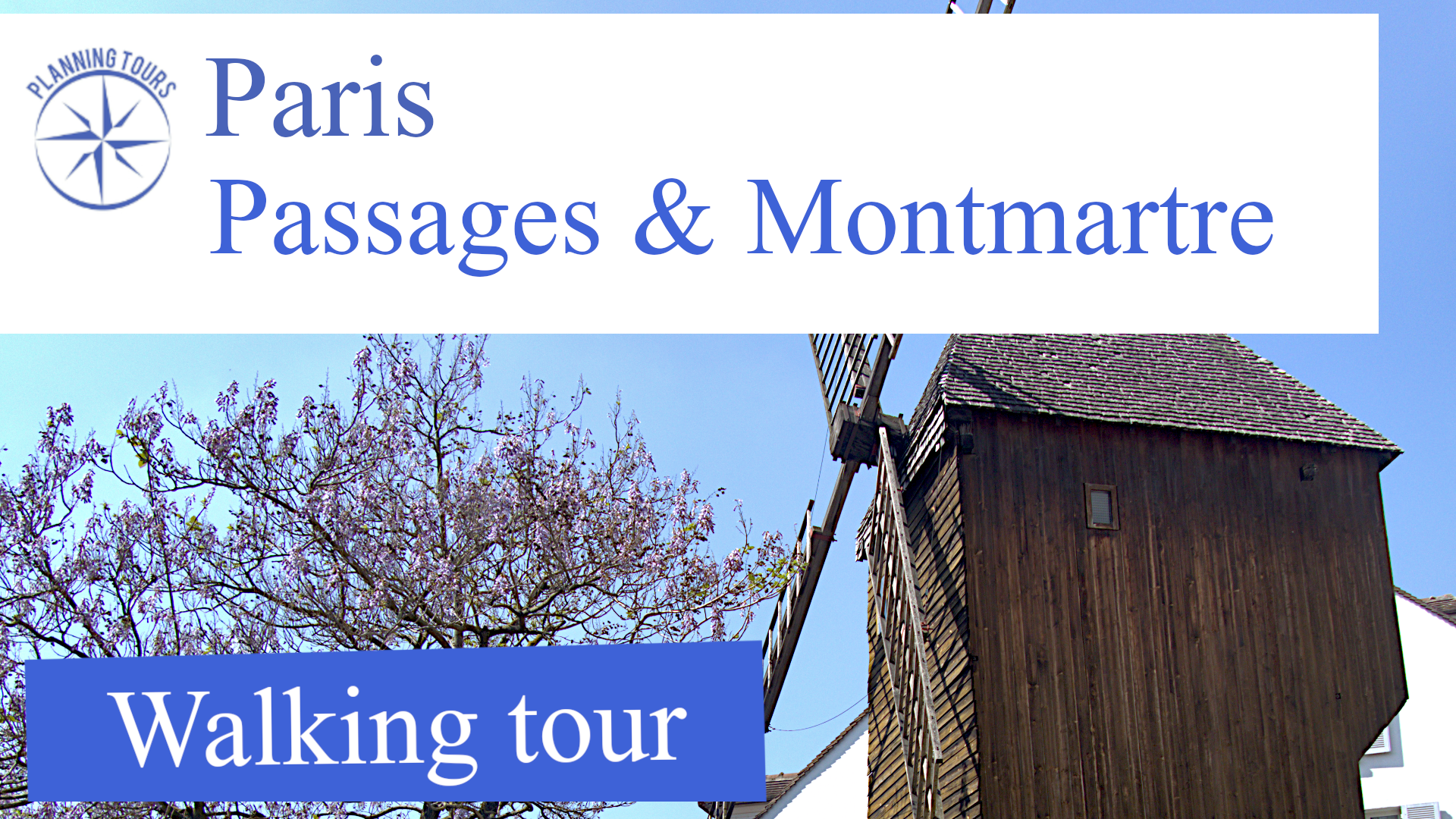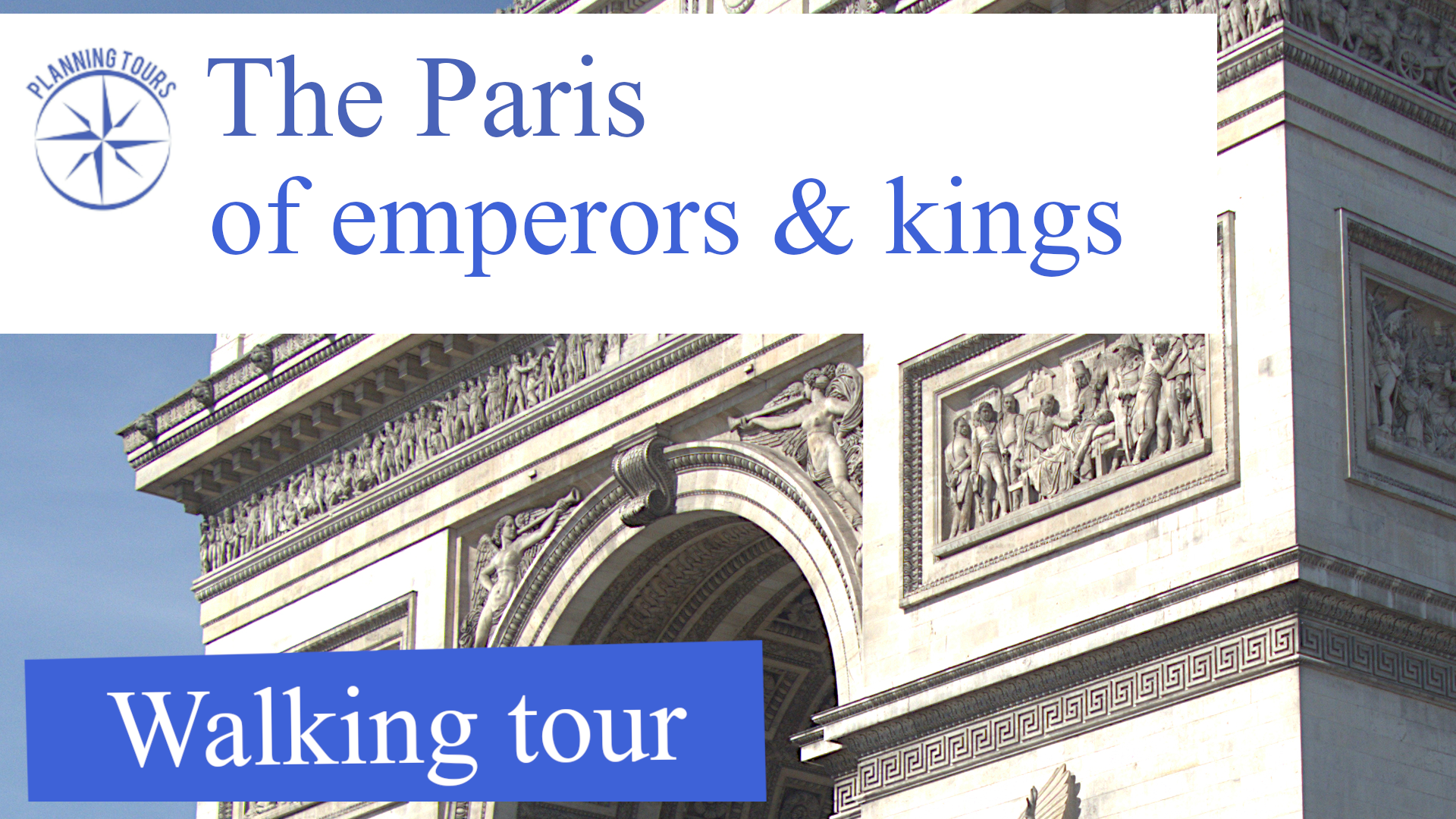EXPERIENCE PARIS! NOT JUST SEE ...
... There's such a lot of wonders to see ...
Welcome to the Paris audio guide from PLANNING.TOURS. This is probably the most comprehensive Paris audio guide ever, featuring everything that truly makes this metropolis special and worth seeing. Detailed information can be found here

Paris: Day Tour of Île de la Cité, Île Saint Louis and the Marais
On this walking tour through the historic center of Paris, you'll learn all the fascinating and interesting facts about the founding of the French metropolis, Caesar's battle against the Gauls, the rebuilt Notre Dame Cathedral, and perhaps the most beautiful Gothic church of all, the Sainte Chapelle.<br/><br/>The walk then continues across the second, smaller island in the Seine. There, you should take a break and try the best ice cream in all of Paris before crossing the Pont Marie to the right bank. There, with PLANNING TOURS, you'll discover the old Jewish quarter, the aristocratic palaces of the 16th and 17th centuries, hidden alleys, a romantic little square, and arguably the most beautiful square in all of Paris.<br/><br/>Start: Pont Neuf, Métro Pont Neuf.

Paris: A walk on the left bank of the Seine, through the Saint Germain district and the Latin Quarter
Discover the artistic and intellectual heart of Paris with this walking tour through the Rive Gauche. The walk begins at one of the city's oldest churches and landmarks, the former abbey church of Saint Germain des Prés, and takes you through picturesque corners of this old district, to a chapel with important frescoes, perhaps the city's most beautiful park, and the world-famous Sorbonne University. You'll discover hidden squares, impressive churches, and the greatest remains from ancient gallo-roman times.<br/><br/>Start: Saint Germain des Prés, Métro Saint Germain des Prés.

Paris: On this long walk you will discover the "capital of the 19th century"
Discover the hidden gems of Paris with this fascinating walking tour through the historic covered passages and the picturesque bohemian district of Montmartre. This tour takes you off the beaten track and reveals an authentic Paris that many visitors never see.<br/><br/>The walk begins in the elegant covered passages of the 2nd arrondissement, built in the 19th century as luxurious shopping arcades for the Parisian elite. With their cast-iron structures, glass roofs, and mosaic floors, they are architectural gems. Passing the two grand, old opera houses and through the typical 19th-century streets, the tour takes you through the alleys of Montmartre, up to the highest point in Paris, and to the places where Picasso once revolutionized art.<br/><br/>Start: Palais Royal, Métro Palais Royal Musée du Louvre.

Paris: The unmistakable architectural traces of kings, emperors and presidents
A long walk through the western part of Paris, characterized by royal, imperial and presidential buildings. Including the Eiffel Tower and a truly remarkable Art Nouveau facade.<br/><br/>The walk begins at the Arc de Triomphe and the Champs-Elysées and leads past the Eiffel Tower to the buildings from the time of the Sun King, to the building ensemble of the 1900 World Exhibition and then on to the façade with which Louis XIV wanted to show his people and the whole world that he was the greatest.<br/><br/>Start: Arc de Triomphe, Métro Charles de Gaulle Étoile
